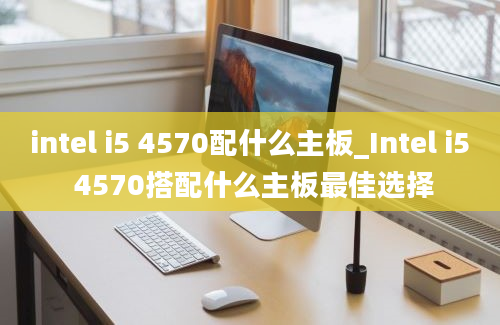What Architecture Does the Intel P4000 Graphics Card Use?
The Intel P4000 graphics card, also known as the Intel Iris Pro P4000 or Intel HD Graphics P4000, is a powerful integrated graphics solution designed by Intel for use in various computing devices. This graphics card is based on a specific architecture that determines its performance, capabilities, and compatibility with different software and hardware. In this article, we will explore the design architecture of the Intel P4000 graphics card and discuss the features that make it a popular choice among users.
Intel P4000 Graphics Card Architecture

The Intel P4000 graphics card is based on the Intel Gen7 architecture, which is part of the Intel HD Graphics family. This architecture represents a significant advancement in integrated graphics technology, offering improved performance and efficiency compared to previous generations. The Gen7 architecture includes features such as enhanced shader units, improved texture mapping, and better memory management, all of which contribute to better graphics performance and overall user experience.
One of the key components of the Gen7 architecture is the Intel Ivy Bridge processor, which powers the Intel P4000 graphics card. The Ivy Bridge processor is built on a 22nm manufacturing process and incorporates advanced graphics and multimedia capabilities, making it an ideal choice for demanding graphics applications and gaming.
Design Features of the Intel P4000 Graphics Card
The Intel P4000 graphics card is designed to deliver high-quality graphics performance for a wide range of applications, including gaming, video editing, and multimedia content creation. Some of the design features that set the Intel P4000 apart from other integrated graphics solutions include:
Higher clock speeds and shader units for improved graphics rendering
Enhanced texture mapping and anti-aliasing capabilities for smoother images
Optimized memory management for faster data access and improved multitasking
Support for the latest graphics APIs, such as DirectX 11 and OpenGL 4.0
Compatibility with multiple display technologies, including HDMI, DisplayPort, and DVI
These design features combine to provide users with a versatile and powerful graphics solution that can handle a variety of tasks without the need for a dedicated graphics card.
Benefits of the Intel P4000 Graphics Card Architecture
The architecture of the Intel P4000 graphics card offers several benefits to users, including:
Improved graphics performance for gaming and multimedia applications
Efficient power consumption for longer battery life in mobile devices
Compatibility with a wide range of software and hardware configurations
Support for advanced graphics features, such as 3D rendering and image processing
Overall, the design architecture of the Intel P4000 graphics card ensures that users can enjoy a seamless and immersive graphics experience across different platforms and applications.
Conclusion
The Intel P4000 graphics card is a powerful integrated graphics solution that is based on the Intel Gen7 architecture. This architecture provides users with improved graphics performance, efficient power consumption, and compatibility with a wide range of applications and devices. With its advanced design features and capabilities, the Intel P4000 graphics card continues to be a popular choice for users looking for high-quality graphics performance in their computing devices.
Whether you are a gamer, a content creator, or a multimedia enthusiast, the Intel P4000 graphics card architecture delivers the performance and versatility you need to enjoy a superior graphics experience.

 英特尔i5配什么显卡好_英特尔i5搭配何种显卡最佳
英特尔i5配什么显卡好_英特尔i5搭配何种显卡最佳 英特尔9100f配什么显卡_英特尔9100f搭配何种显卡最佳
英特尔9100f配什么显卡_英特尔9100f搭配何种显卡最佳 英特尔的主板和cpu用什么显卡_英特尔主板与CPU搭配何种显卡?
英特尔的主板和cpu用什么显卡_英特尔主板与CPU搭配何种显卡? 制图 用什么显卡_制图大师选择何种显卡绘制完美图像
制图 用什么显卡_制图大师选择何种显卡绘制完美图像 英特尔处理器配什么显卡_最佳英特尔处理器搭配显卡选择建议
英特尔处理器配什么显卡_最佳英特尔处理器搭配显卡选择建议 760显卡配什么电源_760显卡应该搭配何种电源
760显卡配什么电源_760显卡应该搭配何种电源 i5 4590要什么显卡_i5 4590所需配备何种显卡?
i5 4590要什么显卡_i5 4590所需配备何种显卡? 1300x带什么显卡_1300x搭载何种显卡?发现最佳图形性能
1300x带什么显卡_1300x搭载何种显卡?发现最佳图形性能



